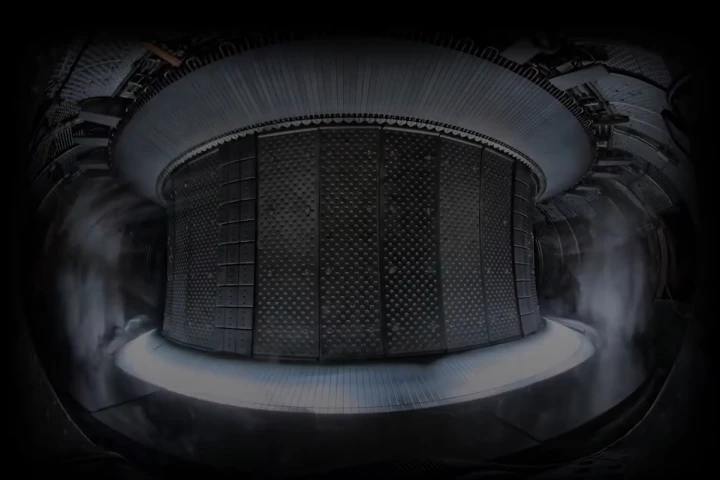For the first time, astronomers have used the Hubble Space Telescope to measure the chemical composition of a vast gas cloud that is set to collide with the Milky Way. Upon impact, the Smith Cloud will act as the catalyst for a colossal burst of star creation.
It is believed that the Smith Cloud was launched from the outer disk around 70 million years ago. The existence of the body stands as tribute to the active nature of the Milky Way, and highlights a mechanism by which our galaxy recycles and redistributes its star creating materials.
Over the course of millions of years as the Smith Cloud moved along its boomerang trajectory, the Milky Way's gravity moulded the gaseous body into a comet-like visage some 2,500 light-years across, and an impressive 11,000 light-years in length. If visible to the naked eye, the Smith Cloud would cover an area the equivalent of 30 full Moons in the night sky.

It was initially theorized that the Smith Cloud had originated outside of our galaxy, instead representing a massive intergalactic cloud or even a failed, starless galaxy, which was being drawn into the Milky Way by its strong gravitational influence.
For the recent study, the researchers were able to estimate the quantity of heavier materials in the Smith Cloud by harnessing the power of Hubble's Cosmic Origins Spectrograph. The team analyzed the signature of light emitting from three galaxies located billions of light-years beyond the cloud, and observed how the light filters through it.
The results of the analysis were inconsistent with either of the theories that placed the origin of the cloud outside the Milky Way. Any cloud originating outside of our galaxy would contain an abundance of hydrogen and helium, rather than the heavier materials Hubble detected in the Smith Cloud. According to the researchers, these materials were most likely enriched by supernova explosions taking place within the Milky Way.
Astronomers believe that when the Smith Cloud rejoins the Milky Way that the massive infusion of new material will be responsible for the creation of up to two million Suns.
Source: NASA





